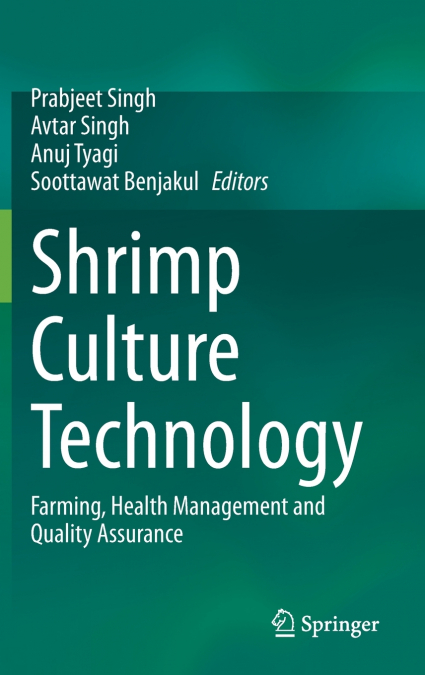
This book focuses on the global scenario of shrimp farming, shrimp culture practices, shrimp biology, taxonomy, and major disease challenges along with disease diagnostics in shrimp farming. It covers all the recent advancements in shrimp culture technology and serves as a comprehensive guide for all the stakeholders associated with the shrimp industry, including academicians, students, research laboratories, shrimp culturists, and institutional libraries. This book discusses major disease challenges, disease diagnostics, value addition, quality control, industry scenario, marketing, and processing. The book chapters are elucidated with pictorial representations and self-explanatory flow charts. Individual chapters devoted to shrimp pathology, major disease challenges, pathogen isolation techniques, and diagnostic methods are important parts of the book.This book is of interest to aquaculture practitioners, academicians, students, and researchers directly or indirectly involved in shrimp culture.